Q
When is the Release Date of Perodua Axia?
The all-new Perodua Axia was officially launched in Malaysia on February 14, 2023. As the second-generation model of this highly anticipated small car, it is built on the DNGA platform. It offers a powertrain combination of a 1.0L engine paired with a D-CVT gearbox. There are a total of 5 versions to choose from, including the entry-level 1.0G, 1.0X, 1.0SE, 1.0AV, and the special 1.0 STYLE edition. The prices range from RM38,600 to RM49,500.
The new Axia features a more fashionable and dynamic exterior design, and there's also a significant improvement in the interior's texture. It is equipped with modern features such as a 7-inch LCD instrument cluster and a 9-inch central control screen. In terms of safety, the entire lineup comes standard with the ASA 3.0 advanced safety assist system, which includes functions like pre-collision warning and automatic emergency braking. Its cost - effectiveness is quite remarkable.
For Malaysian consumers, the Axia has always been the top choice for an affordable urban commuter. The new model maintains an approachable price while enhancing the overall quality. It is recommended that interested consumers visit the nearby Perodua showrooms for a test - drive. By doing so, they can personally experience the improved driving performance and ride comfort. They can also compare it with other models in the same class, such as the Proton Saga, and make the most suitable choice based on their personal budget and needs.
Special Disclaimer: This content is published by users and does not represent the views or position of PCauto.
Related Q&A
Q
What Segment is Perodua Axia?
The Perodua Axia belongs to the A-Segment vehicles in the Malaysian market, which is the most entry-level microcar category. It mainly targets consumers with limited budgets who prioritize fuel economy. Its body size is compact (about 3,640mm in total length and a wheelbase of 2,450mm). It is equipped with a 1.0L three-cylinder engine and paired with a D-CVT gearbox, highlighting the flexibility for urban commuting and the advantage of low cost. The official fuel consumption data shows that it can travel about 22 kilometers per liter of gasoline, meeting the needs of Malaysian consumers for economical and practical small cars.
In terms of extended knowledge, Malaysia's automobile classification standards usually refer to the European system. Besides the Axia, A-Segment models also include the Proton Saga and other vehicles. These cars are characterized by their affordable prices (the starting price of the Axia is around RM22,000 to RM49,000) and are suitable for narrow road environments. However, their safety configurations have been significantly improved in recent years. For example, all models of the 2023 new Axia come standard with ABS + EBD and dual airbags, and the top - end version is even equipped with the ASA 3.0 advanced safety assistance system, indicating that entry - level car models are gradually upgrading their technological equipment. Consumers can choose different configuration versions according to their budgets. At the same time, it is recommended to test - drive and compare the Proton Iriz in the same class or second - hand B - Segment models before purchasing a car to comprehensively evaluate the balance between space and functionality.
Q
What is the Reslae Value of Perodua Axia?
As one of the best-selling entry-level models in Malaysia, the Perodua Axia shows relatively stable resale value in the used car market. This is mainly due to advantages such as the high vehicle ownership of the brand, low maintenance costs, and good fuel economy. Depending on factors like vehicle age, mileage, vehicle condition, and configuration, Axias that are one to three years old usually retain 60% to 75% of their original price, while those that are five years old are around 40% to 50%. The specific price also needs to refer to market supply and demand and maintenance records. In addition, the durability of the Axia and its extensive service network also support its resale value.
For consumers considering buying a used Axia, it is recommended to give priority to models with complete original factory maintenance records to ensure the vehicle condition. At the same time, pay attention to the configuration differences of minor facelifts in different years. For example, models after 2022 have upgraded safety features, and such updates may have a positive impact on the resale price. In the Malaysian used car market, economical small cars like the Axia usually have a fast turnover rate and are a practical choice for car buyers with limited budgets.
Q
How Many CC is Perodua Axia?
The Perodua Axia is one of the most popular entry - level compact cars in Malaysia. The engine displacement varies across different versions. Currently, the latest model of the Axia is equipped with a 1.0 - liter three - cylinder naturally aspirated engine, with a specific displacement of 998cc. This is a common engine configuration for compact economy cars. This engine emphasizes fuel efficiency and is highly suitable for city commuting and daily use.
For Malaysian consumers, the low displacement of the Axia not only means lower fuel consumption and road tax but also meets the domestic demand for economical and practical vehicles. It's worth noting that engine displacement (CC) doesn't directly determine a vehicle's power performance. Other factors such as horsepower, torque, and gearbox tuning also need to be comprehensively considered. Although the Axia has a relatively small displacement, its lightweight body design and optimized transmission system ensure sufficient power for daily driving.
Moreover, the Malaysian market is quite sensitive to the displacement of compact cars. Therefore, engines around 1.0 liters are very common locally. They can balance performance and cost and are also suitable for the local road conditions and fuel price environment.
Q
What is the Engine in Perodua Axia?
The Perodua Axia is a highly popular economy car in the Malaysian market. It is equipped with a 1.0-liter three-cylinder naturally aspirated engine, model number 1KR-DE. This engine was jointly developed by Perodua and Toyota of Japan. It adopts the double overhead camshaft (DOHC) and variable valve timing (VVT-i) technologies. The maximum power is 67 horsepower and the maximum torque is 91 Nm. It is paired with a 4-speed automatic transmission or a 5-speed manual transmission. The overall performance is smooth and it boasts excellent fuel economy, making it very suitable for urban commuting.
The design of this engine focuses on low fuel consumption and low emissions, meeting the environmental protection requirements of the Malaysian market. At the same time, it also reduces the daily usage cost for car owners. For readers who want to learn more about automotive knowledge, although three-cylinder engines may be slightly inferior to four-cylinder engines in terms of smoothness, their lightweight and high - efficiency features make them very popular in small - displacement models. The addition of VVT - i technology further optimizes power output and fuel efficiency, which are common technological trends in modern small - displacement engines.
Q
What is the Gearbox Type of Perodua Axia?
The transmission types of the Perodua Axia include manual transmission (MT) and continuously variable transmission (CVT). The 2023 Perodua Axia E 1.0 MT is equipped with an MT transmission, offering more direct gear - shifting control for drivers who prefer the manual handling feel and bringing a more engaging driving experience. On the other hand, models like the 2023 Perodua Axia 1.0 G, 1.0 X, 1.0 SE, and 1.0 AV are equipped with a CVT transmission. Its smooth gear changes can provide a more comfortable driving and riding experience and help improve fuel economy under specific operating conditions. The diverse transmission configurations fully meet the personalized needs of different consumers.
Q
What is the PCD Size of Perodua Axia?
The PCD (Pitch Circle Diameter) of the Perodua Axia is 100mm, which means its wheel hub bolt holes are distributed on a circle with a diameter of 100mm. Usually, it is fixed with 4 bolts. This specification is quite common among small cars in the Malaysian market. For example, models like the Proton Saga also use the same PCD size. Understanding the PCD size is very important for car owners when replacing wheels or upgrading tires. You must ensure that the PCD of the new wheels is the same as that of the original vehicle; otherwise, it may lead to installation mismatches or potential safety hazards when driving.
In addition to PCD, when replacing wheels, you also need to pay attention to the center bore diameter (CB) and the offset value (ET). These parameters together determine whether the wheels are suitable for the vehicle. If you plan to modify the wheels of your Axia, it is recommended to choose certified products and consult professional technicians to ensure compatibility and safety. At the same time, after modification, you also need to comply with the regulations of the Malaysian JPJ to avoid affecting the vehicle's annual inspection or insurance rights.
Q
Does Perodua Axia Have Apple Carplay?
Currently, the Perodua Axia doesn't come standard with Apple CarPlay. As one of the most popular entry - level models in the Malaysian market, the Axia focuses more on practicality and economy. Its infotainment system mainly offers basic functions such as Bluetooth connection, USB playback, and radio. If users want Apple CarPlay, they can consider installing a compatible central control system through third - party modification shops. However, it should be noted that this may affect the original factory warranty.
Apple CarPlay is an intelligent connectivity technology that projects the iPhone interface onto the in - car system, enabling convenient operations for functions like navigation, music, and calls. In recent years, many new cars have made it a standard feature. For example, the Proton Saga in the same class provides this function in some high - end versions. Nevertheless, the Axia remains a popular choice for city commuting thanks to its excellent fuel economy and low maintenance costs. It is recommended to weigh the priorities between technological features and practicality based on your own needs before buying a car.
Q
What is the Tyre Brand of Perodua Axia?
As one of the most popular entry - level models in the Malaysian market, the original - equipped tire brands of the Perodua Axia vary according to different years and vehicle versions. The common configurations include tires from the Silverstone brand, widely used in the local market. For example, there are cost - effective and durable tires like the Silverstone Kruizer NS800 or Synergy M5. These tires are specifically designed for the Southeast Asian climate, emphasizing wet - grip and wear resistance.
Some high - end versions may also use entry - level products from other international brands such as Bridgestone or Goodyear to enhance comfort and noise reduction. The tire specifications are usually 165/55 R14 or 165/60 R14, which meet the energy - saving requirements for urban commuting.
It is recommended that car owners regularly check the tire pressure and tread depth. In Malaysia's rainy climate, it's crucial to ensure the tires have good drainage performance. If replacement is needed, you can refer to the original factory specifications or consult a certified repair center. When upgrading, you can also consider energy - saving tires from brands like Michelin or Continental to further reduce fuel consumption. However, be aware that the handling characteristics of different brands of tires may affect your driving experience.
Q
Is Perodua Axia a Good Car? Learn the Pros and Cons Here
As one of the best-selling entry-level models in Malaysia, the Perodua Axia is indeed an economical small car suitable for urban commuting. Its advantage lies in excellent fuel economy. Official data shows that the 1.0L engine paired with a D-CVT transmission can achieve a range of over 18 kilometers per liter, making it very suitable for young families on a budget or first-time car buyers. Meanwhile, its compact body makes it easy to navigate through crowded city areas. The standard dual airbags, ABS, and ISOFIX child seat anchors also meet basic safety requirements. Low maintenance costs and an ample supply of parts are also its notable advantages.
Of course, this car also has some limitations. For example, the engine noise is quite obvious when driving at high speeds, the rear space is a bit cramped for adults, and the entry-level E model is not equipped with an ESC stability control system. If you often drive long distances, you may need to consider a higher - specification version.
It's worth noting that the Axia received a three - star rating from ASEAN NCAP in 2023. It's recommended to test - drive and compare with its counterparts like the Proton Saga or Bezza according to your actual needs before buying a car. At the same time, you can pay attention to the promotional offers regularly launched on the Perodua official website, such as free maintenance packages or low - interest loans. These can further enhance the cost - effectiveness of car ownership.
Q
What is the Width of Perodua Axia?
The width of the Perodua Axia varies depending on the model and generation. For the 2018 - 2019 models, such as the Standard E, Standard G, SE, and Advance, the width is 1,620 millimeters, while the 2019 Axia Style 1.0 AT has a width of 1,625 millimeters. In the 2023 models, the Axia E 1.0 MT has a width of 1,620 millimeters, and the Axia 1.0 G, 1.0 X, 1.0 SE, and 1.0 AV reach a width of 1,665 millimeters. The body width is an important parameter that directly affects the vehicle's handling, its ability to pass through narrow spaces, and the interior space of the passenger compartment and luggage compartment.
Latest Q&A
Q
What is a 2020 VW Passat worth?
In 2020, the second - hand car prices of the Volkswagen Passat in Malaysia were approximately between RM90,000 and RM130,000. The specific value depends on factors such as the vehicle's condition, mileage, configuration version, and maintenance records. For example, the price difference between the entry - level version equipped with a 1.8 TSI engine and the high - end 2.0 TSI version can be up to RM30,000. Usually, for each additional year of the vehicle's age or every 10,000 kilometers exceeded in mileage, the price will decrease by 5% to 8%.
It's worth noting that as a German mid - size sedan, the Passat has a better resale value in the second - hand market than some Japanese competitors. This is due to its solid chassis tuning and the reliability of the EA888 engine. At the same time, it is recommended that buyers give priority to vehicles with complete original - factory maintenance records and pay attention to checking the shifting smoothness of the 7 - speed DSG transmission. Such details will significantly affect the long - term use cost. In Malaysia's hot climate, special attention should also be paid to the aging of rubber parts. Regularly replacing the coolant and transmission oil can effectively extend the vehicle's service life.
Q
Is a 2020 VW Passat a good car?
The 2020 Volkswagen Passat is a model worth considering in the Malaysian market. It has won the favor of many consumers for its comfort, practicality, and reliable performance. This car is equipped with a 1.8-liter or 2.0-liter turbocharged engine, which provides smooth power output and good fuel economy, making it suitable for both city driving and long-distance travel in Malaysia.
The interior design is simple yet elegant. The materials used are of high quality, and the space is quite roomy. In particular, there's plenty of legroom in the back row, which makes it perfect for family use. In terms of technology features, it comes with an 8-inch touchscreen, Apple CarPlay, and Android Auto, enhancing the convenience of daily use.
Safety is also one of the Passat's strong points. It comes standard with a number of active safety technologies, such as automatic emergency braking and blind-spot monitoring. In Malaysia, Volkswagen has a relatively well - established after - sales service network, so maintenance is relatively convenient.
It should be noted that as a German - made car, the prices of its spare parts may be slightly higher than those of Japanese cars. However, its overall quality and durability are excellent. For Malaysian consumers who value comfort and practicality, the 2020 Passat is a great choice. It is recommended to compare it with Japanese or Korean models in the same class before making a purchase and make a decision based on your own budget and needs.
Q
How big is the trunk of the Passat 2020?
The 2020 Volkswagen Passat has a trunk capacity of 586 liters. This space is more than ample for daily use or family outings. It can easily hold multiple suitcases or large items, which suits the Malaysian consumers' preference for long - distance travel and their relatively high demand for shopping. If you need to expand the space, the rear seats can be folded down in proportion, further enhancing the storage flexibility and making it convenient to carry longer items like golf clubs or camping gear.
In Malaysia's hot and rainy climate, the Passat's trunk design also takes practicality into account. The interior is flat and the opening is large, facilitating the loading and unloading of items. Among cars in the same class, the Passat's trunk performance is above average, balancing comfort and practicality. It's a great option for users who value space and versatility.
Moreover, the Passat's trunk is equipped with useful anchor points and storage features, which make it easy to secure items or store small things in an organized way. These little details can bring a lot of convenience in daily use.
Q
What gas does a 2020 Passat take?
The 2020 Volkswagen Passat is recommended to use RON 95 unleaded gasoline in the Malaysian market. This is the most common and cost - effective fuel choice in Malaysia, which can fully meet the daily needs of the 1.8 TSI or 2.0 TSI turbocharged engines of this model, and it also complies with local fuel standards and vehicle design specifications. If you're after better performance, you can also opt for RON 97 unleaded gasoline. Its higher octane rating can optimize the engine's anti - knock performance under high - load conditions. However, it should be noted that Malaysia uses a floating oil price mechanism, and the cost of RON 97 is significantly higher than that of RON 95.
It's worth mentioning that all gasoline in Malaysia is required to have detergents that meet EURO 4M standards or higher, which can effectively keep the fuel system clean. Car owners don't need to buy additional fuel additives. For turbocharged models, it's advisable to regularly check the status of the high - pressure fuel pump and injectors at authorized service stations, as these direct - injection engines are quite sensitive to fuel quality.
In addition, there may be differences in fuel supply between the Malaysian Peninsula and some remote areas in East Malaysia. Before a long - distance self - drive trip, you can check the distribution of gas stations through the MyEG or Petronas apps.
Q
What kind of oil does a 2020 Passat use?
For the 2020 Volkswagen Passat in the Malaysian region, it is recommended to use synthetic engine oil that meets the VW 502 00 or VW 504 00 standards. The viscosity is usually 5W - 30 or 5W - 40. The specific choice needs to be adjusted according to the driving environment and climate conditions. In hot climates, 5W - 40 can be given priority to provide more stable high - temperature protection.
Malaysia has a hot and humid climate. It is recommended that car owners change the engine oil regularly every 10,000 kilometers or 12 months (whichever comes first), and ensure that the vehicle is serviced at an authorized dealership or a certified repair center to maintain the validity of the warranty.
It should be noted that if the vehicle is equipped with a GPF (Gasoline Particulate Filter), low - ash engine oil (such as those meeting the VW 504 00 standard) must be used to avoid clogging. The quality of the engine oil directly affects the engine's lifespan and fuel efficiency. It is recommended to choose well - known brands like Castrol, Shell, or Liqui Moly, and select products that are VW - certified. Also, regularly check the engine oil level, especially before long - distance trips.
If you often encounter congested traffic or engage in high - intensity driving, you can appropriately shorten the oil change interval to 8,000 kilometers to optimize protection.
View MoreRelated News

Perodua Axia Hits 790,000 Sales: What Makes It So Popular?
AshleyAug 12, 2025
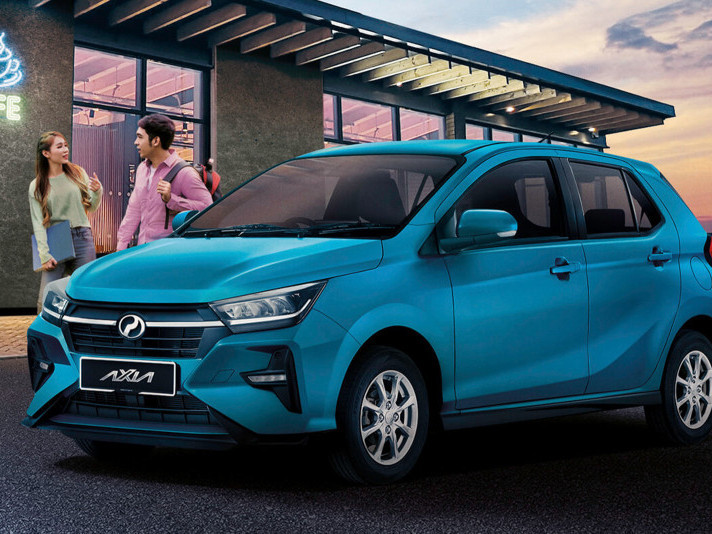
How Much is the Perodua Axia and How to Get the Best Price for Your Desired Model
WilliamMar 25, 2025
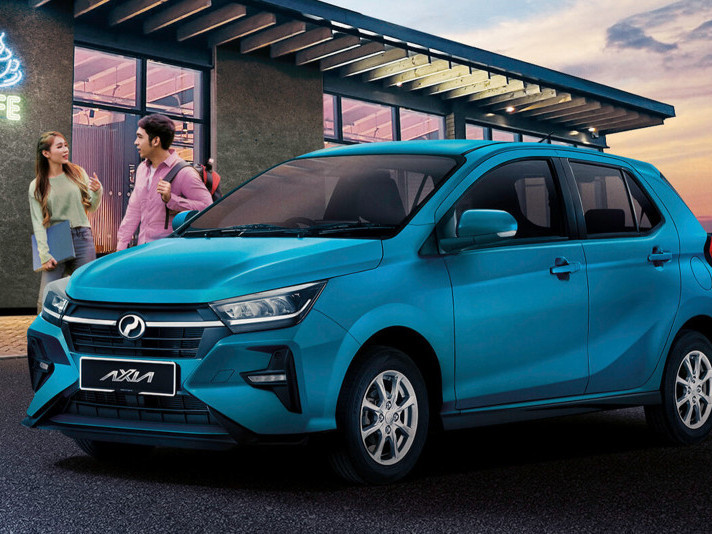
Perodua Axia’s Monthly Payments and Loan Calculation in Malaysia
WilliamMar 21, 2025
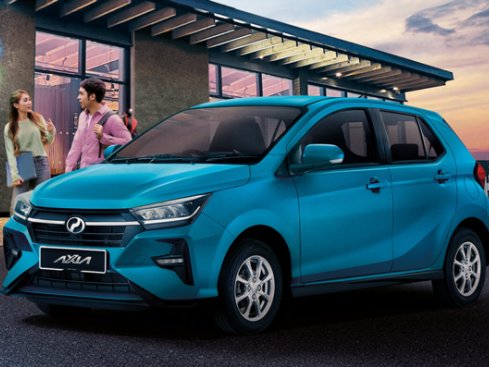
The 2023 Perodua Axia is priced from RM 22,000, with the 1.0 E MT offering the highest cost-performance ratio?
LienJun 11, 2024
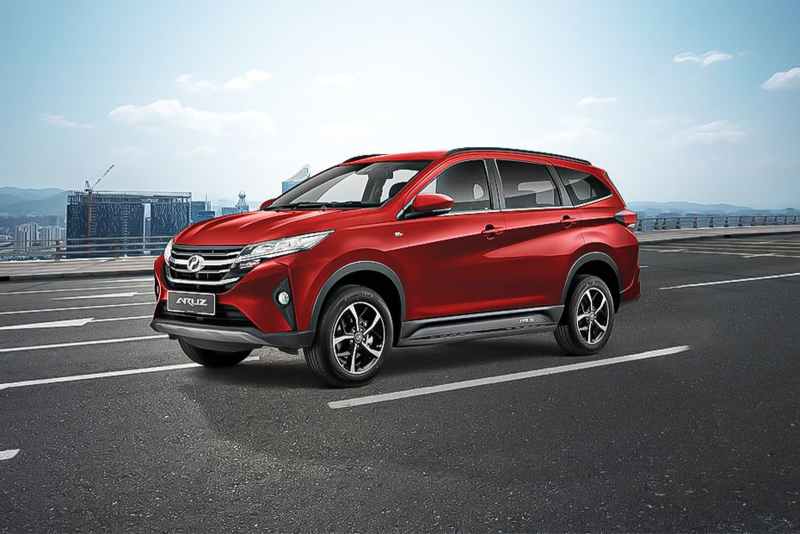
Perodua Aruz Review: A Practical and Safe SUV That Won’t Break the Bank
JamesJul 25, 2025
View More





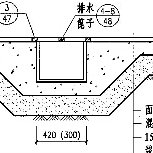




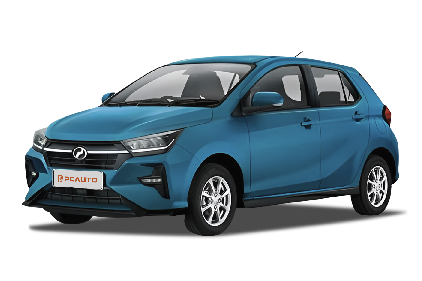
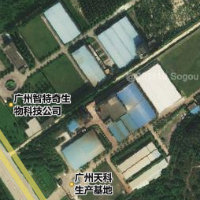
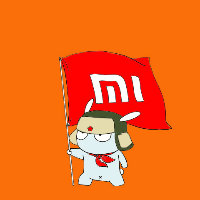

Pros
Cons